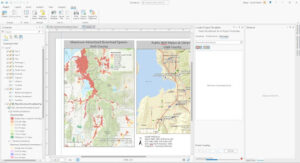Here is my work from the chapters this week:
And then the Delaware Data information:
Week 5 – Delaware Data Inventory
On to the final! Good luck everyone
Geography 291: Geospatial Analysis with Desktop GIS
Module 1: 8/20/2025 to 10/7/2025, OWU Environment & Sustainability
Here is my work from the chapters this week:
And then the Delaware Data information:
Week 5 – Delaware Data Inventory
On to the final! Good luck everyone
Chapter 5
Chapter 6
Chapter 7
The three time patterns
Three more ways, but for mapping change
Good stuff John.
I did all five parts in record time!
I really enjoyed this final as each part had a different challenge. Some required more thought and more help than others but it was good to learn.
https://sites.owu.edu/geog-191/wp-content/uploads/sites/208/2022/10/SD-GEOG-191-Final.pdf
DATA SUMMARY
Some of these data were self-explanatory, and others required a little more reading.
Definitions:

Chapter 6:
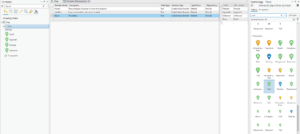
Chapter 7:
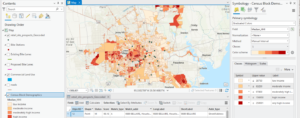
Chapter 8:
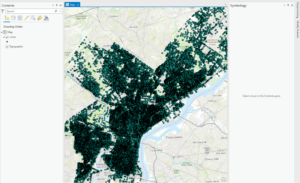
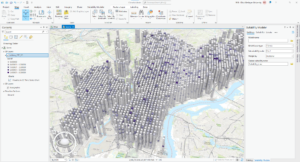
Chapter 9:
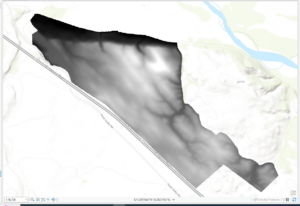
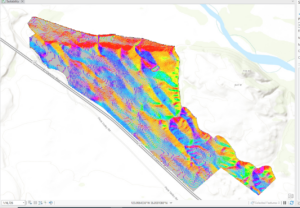
Chapter 10:
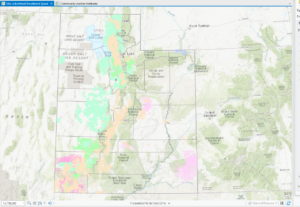
Here is Chapters 6-10 and the Delaware Data Inventory. The second PDF is a series of maps from the chapters (I do not remember which ones they belong to), and the last maps are from the Delaware Data inventory. Tried to put them into a pdf but the files were all more than 20 mg–click on them or they will be blurry…
Chapter 6-10 and Delaware Data Chapter 6-10 and Delaware Data
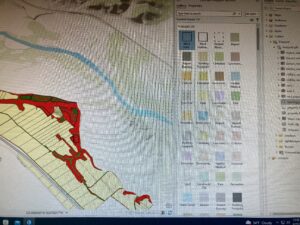
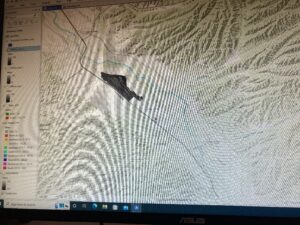
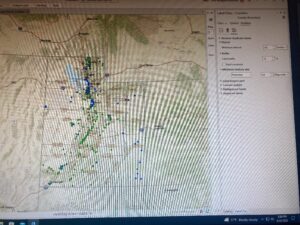
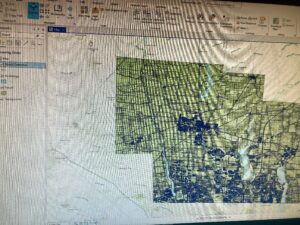
Chapter 6:
6a
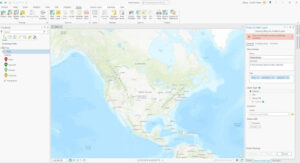
Chapter 7:
7a

7b
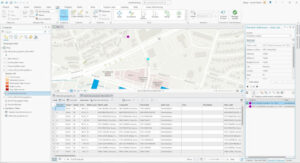
7c

Chapter 8
8a

8b
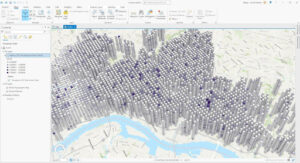
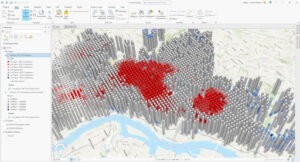
8c
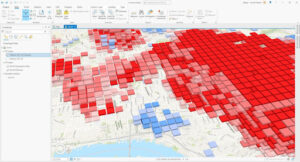
8d
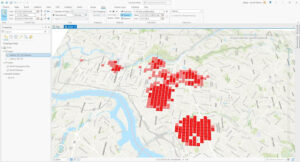
Chapter 9
9a
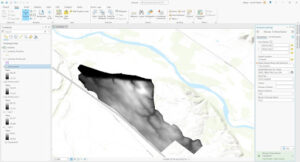
9b
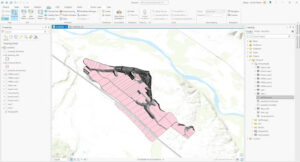
9c
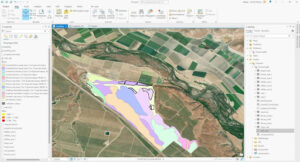
Chapter 10
10a
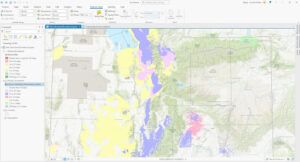
10b
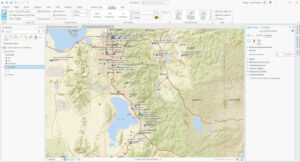
10c
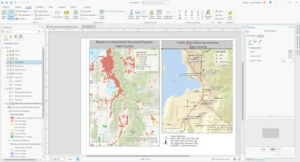
10 d
